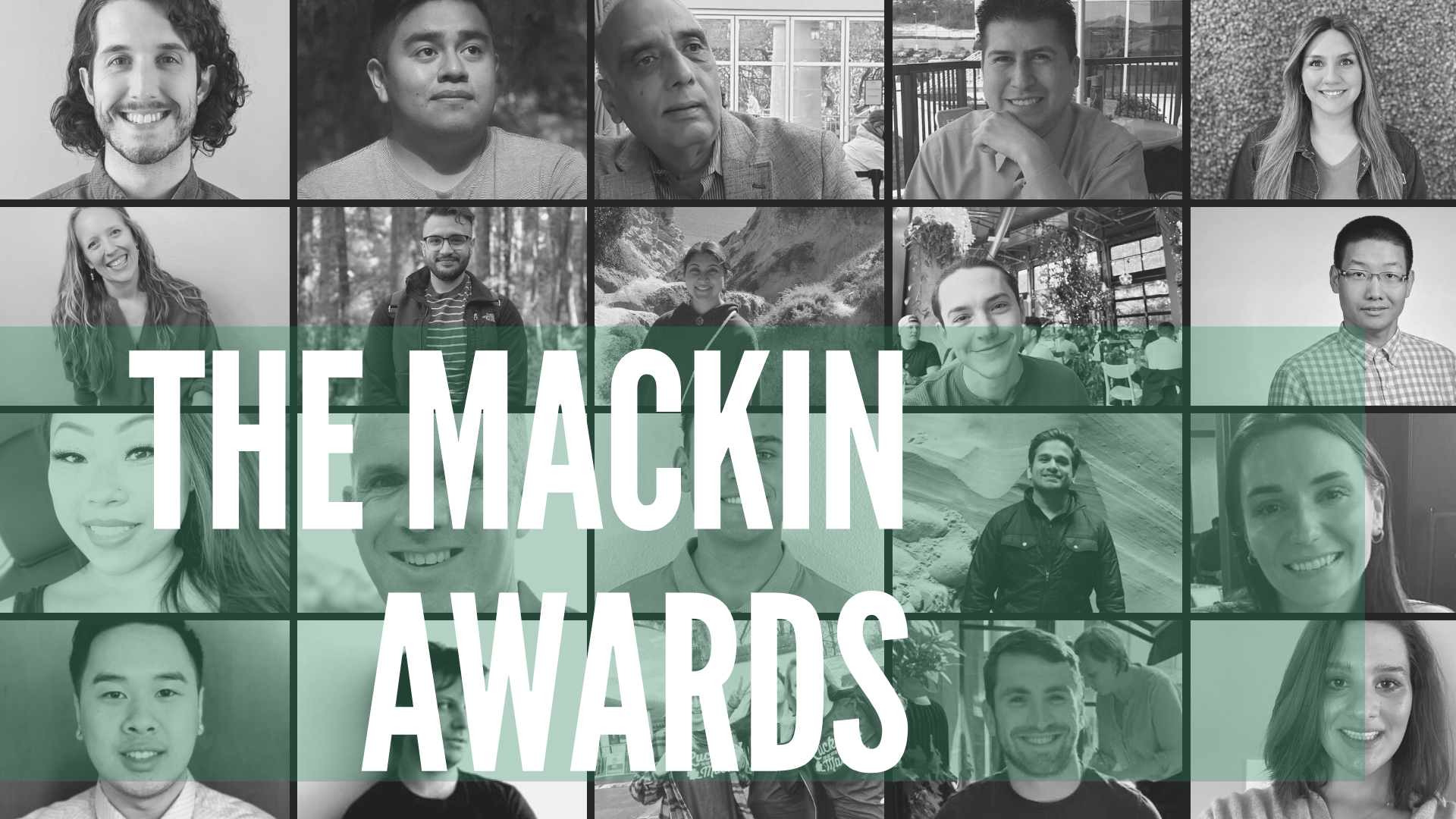We all use social media in different ways. For most of us it is an avenue to share our thoughts, opinions and adventures with friends, family and the world. It also serves another purpose for job-seekers. Around 90% of employers look at potential employees’ social media profiles and 79% have admitted to rejecting a candidate based on what they found according to a survey from The Manifest, a business news and how-to website.
This is a touchy subject, we know. For many, social media is a platform for self-expression, something to escape work and life when facing challenges, not an extension of our resume. Unfortunately though, that is the nature of things in our tech savvy world. That’s why Mackin wants to offer these helpful insights on what potential employers may be looking at on your social media profile.
Things that put off potential employers include:
- Aggressive or offensive language
- Images of heavy partying or drug use
- Illegal or illicit content
- Poor spelling and grammar
- Confidential or sensitive content about former employers

Follow these simple tips to make your social media profile(s) attractive to employers:
Establish a LinkedIn Profile
LinkedIn is seen as the professional social media platform. Not only does it showcase your experience and work history, it also allows colleagues or past employers to recommend you to others. Even if potential employers do not check your other social media profiles, they will most definitely check LinkedIn and by having a professional profile already in place, they may not look any further.- Check Your Photos and Videos
We all like to go out and have fun but broadcasting this across social media won’t always portray you in the best light. Check over your privacy settings to select who can view your photos or videos. Facebook gives you the option to adjust the privacy of a post each time and dictate who can see what. Be aware of what posts are public and available for everyone to see and which are marked private for family and friends. - Set a Profile Picture
On LinkedIn, use a more professional photo such as a smiling headshot with a plain clear background.
For more personal accounts such as Twitter, Instagram and Facebook, avoid images that may come across as inappropriate to potential employers. We do understand that “inappropriate” is subjective, but remember you can adjust privacy settings so that potential employers don’t see those posts. Images that showcase your caring and sociable side such as relaxing with friends or family, are ideal. - Bring Out the Spelling and Grammar Police
Spelling mistakes and poor grammar can make you look unskilled. Double check your posts beforehand or get a grammar and spelling tool that does the checking for you such as Grammerly. Potential employers will notice your level of care and that you have respect for the English language. - Google Yourself
You’ll be surprised by what you find when you Google search yourself. You can report any photos or videos posted without your permission to Google or directly to the webmaster of the specific website it appears on. You should carry out the same process on other search engines too. - Update Your Bio
This is more relevant for LinkedIn, but also applies to Facebook. As a professional platform, you should update your bio to keep employers and recruiters up to date about your current employment situation. LinkedIn allows you to select “Open to Opportunities” on your profile to let potential employers know you are currently looking for a position. If you aren’t sure how to do this on LinkedIn follow this tutorial: https://bit.ly/30efrda.
Employers may also want to learn more about your personal life and hobbies via Twitter and Instagram. Use hashtags, links and @s to show some of the various things you are involved in such as charity work or any volunteering activities in your spare time.
#Mackinthingshappen





